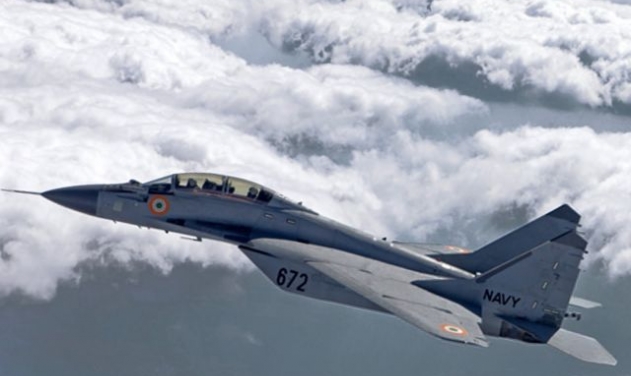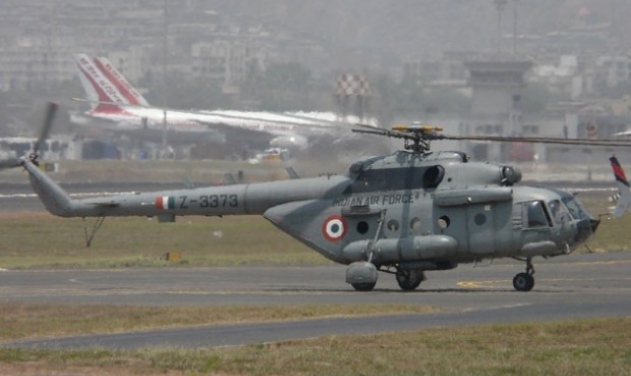Indian Air Force C-17 Globemaster Aircraft Underutilized: CAG Report

India’s Comptroller and Auditor General (CAG), in its report tabled in the Parliament Tuesday, has slammed both the Indian Air Force (IAF) and Boeing for various shortcomings in $2.7 billion contract for the C-17 Globemaster transport aircraft.
The CAG said the operational capabilities of C-17 aircraft were underutilised partially due to non-availability of runway with appropriate pavement classification number (PCN) and lack of ground equipment at various bases.
The CAG slammed Boeing for its failure to set up simulators, which were to be up and running by July 2013, as well as ground facilities and other offset commitments. The ten transport planes were procured from the US in 2011, Hindu reported Wednesday.
The audit pointed out that IAF acquired C-17 aircraft for high load-carrying capacity with less loading/offloading time as well as to provide direct delivery of load/troops to the operating sector with least number of trips. However, the federal auditor expressed surprise that not all units had the required material-handling equipment.
For the purpose of loading and unloading, a fork lifter weighing 13 tonnes was always being carried in the aircraft, as other units did not have ground-handling equipment.
“This fork lifter occupies 35 per cent of the cargo space leaving limited space for payload. Due to this space restriction, C-17 aircraft had to undertake more than one sortie on the same day to airlift cargo from same destination, on many occasions,” the report said. The aircraft is capable of carrying a maximum of 70 tonnes for a range of 4200 km.
“With cost of INR 43.19 lakh ($64000) per flying hour for C-17 aircraft, this was imprudent,” the CAG said. The annual average load airlifted by C-17 ranged between 13 tonnes and 18 tonnes per sortie, against the aircraft’s payload capacity of 70 tonnes.
The operating squadron stated in September 2015 that C-17 aircraft could carry only 35 tonnes of load — 40 tonnes in winters — and on a few occasions, C-17 was tasked for only 26 tonnes.












